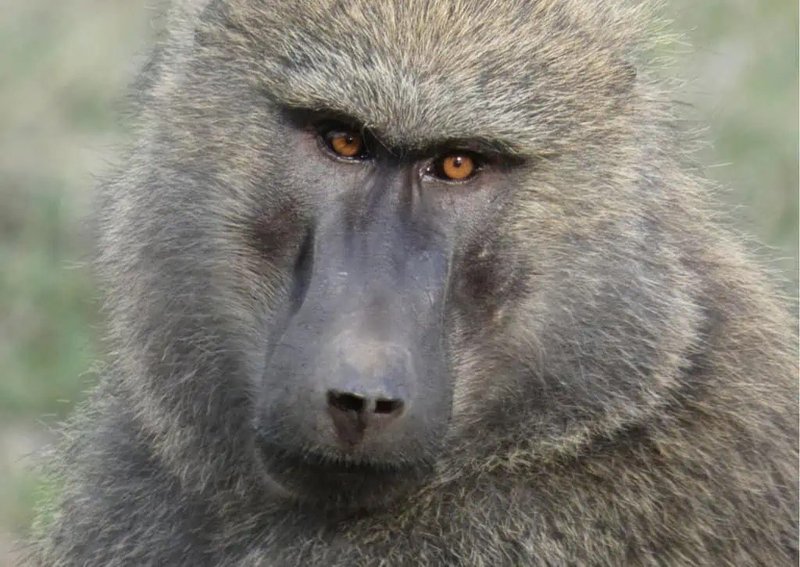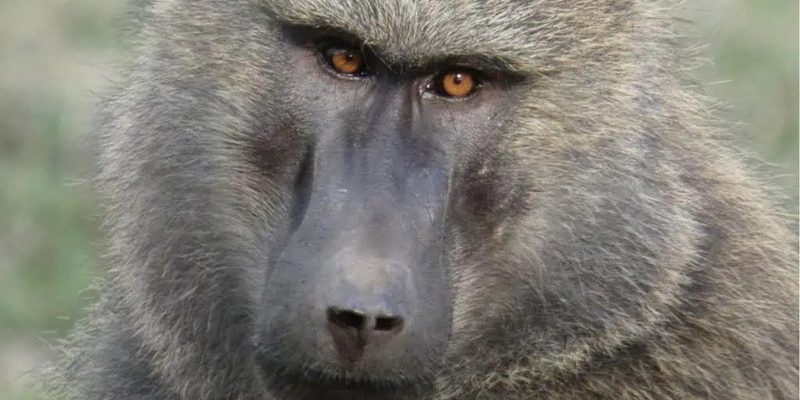
Imagine trying to solve a puzzle. Some animals might fumble around, while others figure out the solution in no time. That’s pretty much the same when we explore the mental prowess of a baboon. They engage in problem-solving, use tools, and interact with their peers in ways that show real depth. Let’s dive into the world of baboons, their cleverness, and what makes them stand out in the animal kingdom.
Understanding Baboons: An Overview
Baboons are part of the primate family, specifically under the genus *Papio*. There are five species of baboons: the olive baboon, yellow baboon, chacma baboon, Hamadryas baboon, and the Guinea baboon. They thrive in various habitats ranging from savannas to forests in Africa and parts of Arabia. Understanding their environment is key to grasping their behavior and cognitive abilities.
These animals are known for their strong social structures and live in groups called troops, which can consist of up to 100 members. Within these troops, baboons exhibit complex social interactions, including grooming and sharing food. This social aspect plays a huge role in their intelligence, as it requires them to navigate relationships and hierarchies.
Cognitive Abilities of Baboons
Baboons are smarter than you might think. Their brains are designed for problem-solving, memory, and learning—similar to how humans process information. They’ve been observed showing both short-term and long-term memory abilities, allowing them to remember locations of food or the faces of their troop members.
An interesting study showcased that baboons can interpret visual symbols and associate them with rewards. This kind of cognitive skill suggests that they can learn through observation, a trait that’s usually highlighted in more advanced animals. Honestly, it’s impressive to think about how a baboon can pick up on tricks just by watching another succeed.
Tool Use and Problem Solving
Baboons are natural problem solvers, often using tools to aid in their daily lives. For instance, they’ve been seen using sticks to extract insects from trees or stones to crack open hard-shelled nuts. This tool usage is an indicator of their advanced cognitive abilities, showing that they can plan ahead and think creatively.
When faced with tricky challenges, like finding food hidden in a maze, baboons apply trial and error to find solutions. This analytical approach is relatable; it’s like when we try different ways to fix a problem until we hit the right one. Their ability to adapt and strategize is what sets them apart in the animal world.
Social Intelligence in Baboons
One of the most interesting aspects of baboon intelligence lies in their social behavior. These animals live in hierarchical communities where understanding social dynamics is crucial. Baboons need to recognize their rank and the roles of others in the troop. This social structure affects their decision-making and interactions every day.
Social intelligence isn’t just about knowing who’s in charge. Baboons use a variety of vocalizations and body language to communicate their feelings and intentions. Think of it as a complex social network where every grunt or gesture sends a message. They express emotions like fear, aggression, and affection, enriching their social lives and making their daily interactions complex and meaningful.
Understanding Emotions: A Look at Baboon Behavior
Baboons experience a range of emotions, much like we do. Researchers have noted behaviors that indicate stress, joy, and even grief. For example, baboons have been observed comforting each other after a fight or when a troop member is hurt. This emotional awareness hints at a level of empathy, showing that they care about their peers and can perceive their feelings.
Watching how they interact during conflicts or bonding activities gives us a glimpse into their emotional landscape. Just like us, they have social bonds that help them navigate their lives, sharing experiences that strengthen friendships while fostering a sense of belonging.
Learning and Adaptability
Baboons are incredibly adaptable creatures. They can thrive in diverse environments and quickly adjust to changes. This adaptability is a reflection of their intelligence and ability to learn from their surroundings. For instance, in urban areas, some baboons have learned to raid trash bins for food, demonstrating their capacity to innovate in new settings.
Their learning extends beyond immediate survival needs. Baboons also display cultural transmission—the ability to pass on knowledge and skills from one generation to the next. Younger baboons learn by observing older members, picking up tricks about foraging and social behavior. This ongoing learning process helps ensure the troop’s continued success in navigating their environment.
Comparison with Other Primates
When comparing baboons with other primates, like chimpanzees or monkeys, their intelligence might not seem as flashy, but it’s important to recognize the uniqueness of each species’ skills. While chimpanzees excel in tool-use sophistication, baboons have strong social intelligence and adaptability.
Baboons showcase a different kind of smarts, one rooted in their ability to work together and survive in variable environments. Their strengths shine in social complexities and emotional understanding, showing that intelligence isn’t one-size-fits-all. Instead, it’s about how an animal uses its skills effectively in its specific context.
So, how smart is a baboon? They may not solve math problems or write poems, but their cognitive abilities and social skills are impressive in their own right. From problem-solving with tools to navigating complex social structures, baboons display a unique blend of intelligence that helps them thrive in the wild.
Next time you see a baboon, appreciate the thought and emotion behind its actions. These creatures demonstrate that intelligence comes in many forms, each essential to survival and social interaction. Understanding their behavior not only enriches our knowledge of the animal kingdom but reminds us of the intricate connections we share with other species.

